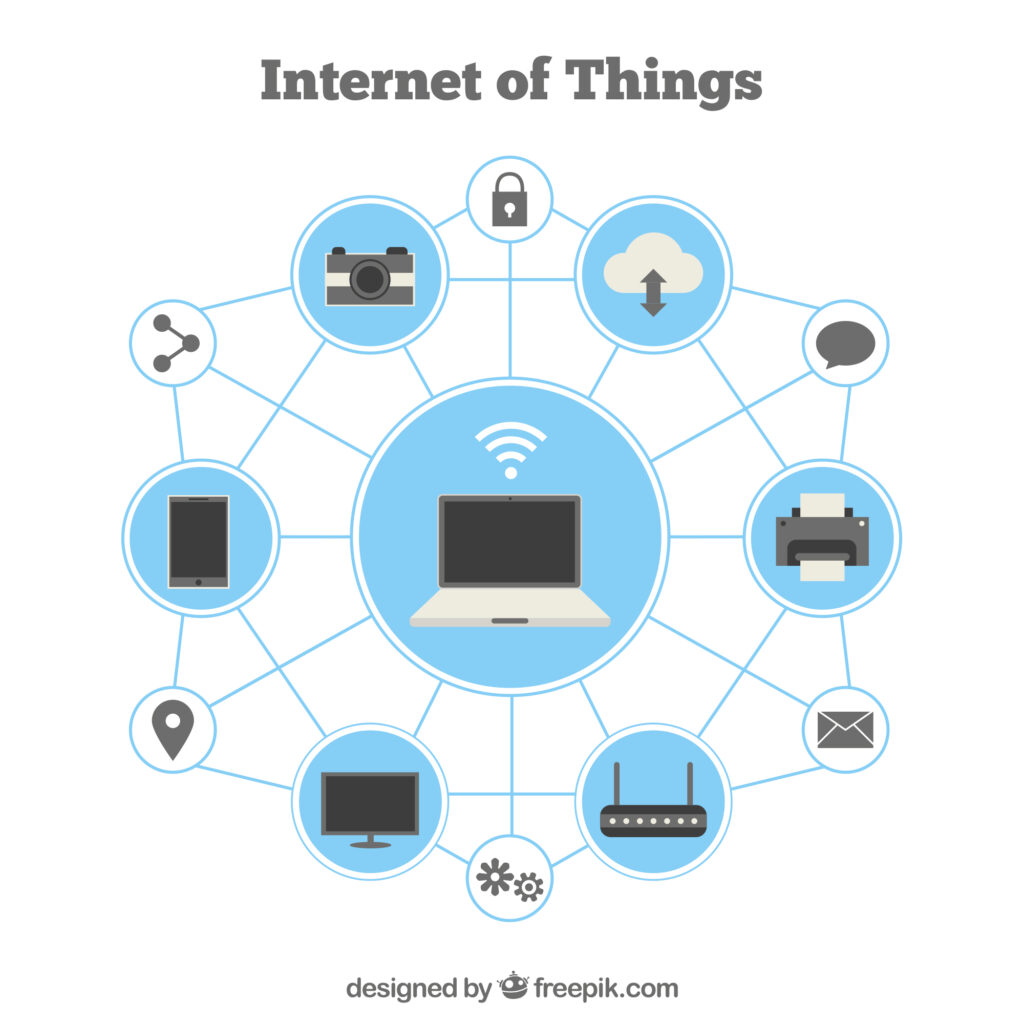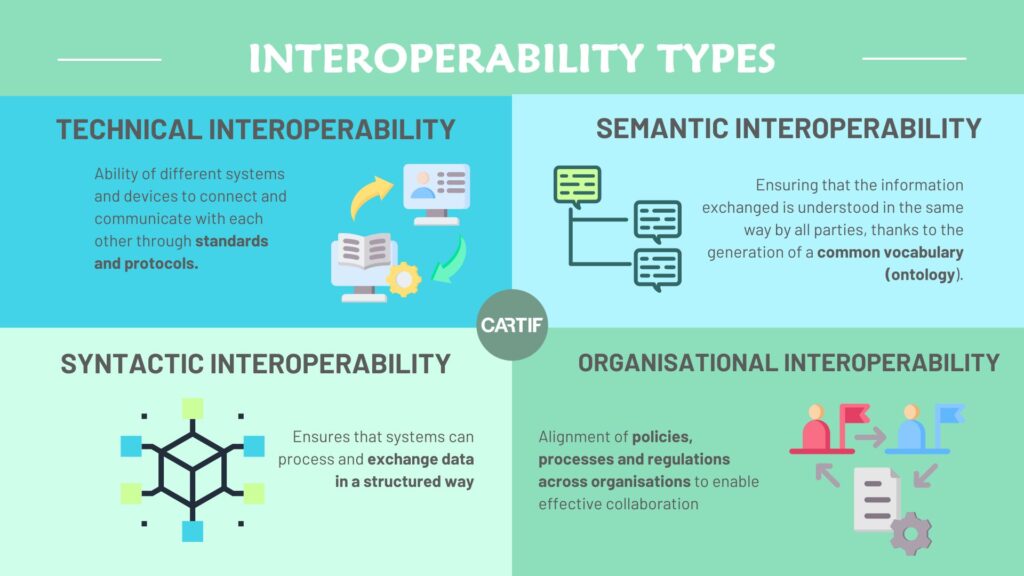I have always been passionate about telecommunications, and the implicit idea of achieving a “connected world”, wired or wireless, where information flows from one end of the globe to the other, regardless of the location and the native way in which each country, city or region tends to communicate. But in the face of this idealisation of a historically and recurrently connected world, there are problems of understanding in this communication. Whether it is because the language is different, because different alphabets or writing is used, or because culturally the rules of language use and the way of communicating differ from continent to continent, the reality is that global communication is a challenge that we continue to face today.

In the era of digitisation and the Internet of Things (IoT), where large volumes of data are now being collected, stored and processed, problems in the communication and unique representation of information are once again becoming apparent. It will be difficult to find data capture devices (from different manufacturers) that provide information using the same format, or that answer using the same question. Such is the problem that there are disciplines, including telematics, that focus on defining and specifying standard communication protocols that apply to different domains. But what if we want to communicate different domains? Despite the existence of standards, the problem persists. We are faced with a Digital Tower of Babel, where the heterogeinity of protocols, representation formats, communication rules and standards once again makes understanding between systems and solutions difficult.
To solve this problem, and of course, in the military and technological sphere, the concept of interoperability was born, understood as the ability of the armed forces of different nations to collaborate efficiently through the integration of systems and communications. This interoperability approach was later adopted by other sectors, such as the Information and Communications Technology (ICT) sector, with the development of systems that required efficient and conflict-free information sharing between different devices and platforms. In this ICT context, interoperability is understood as the ability of different systems, devices or applications to comunicate, exchange and use information effectively and coherently.
“Interoperability. Understood as the ability of different systems, devices or applications to comunicate, exchange and use information effectively and coherently.”
To achieve this interoperability between heterogeneous systems, i.e., systems that speak different languages and represent the information in different ways, we need to cover several dimensions, each focusing on a different aspect of communication and data exchange between systems:
- Technical interoperability refers to the ability of different systems and devices to connect and communicate with each other through standards and protocols. This includes hardware, software, networking and communications compatibility.
- Semantic interoperability is responsible for ensuring that the information exchanged is understood in the same way by all parties, thanks to the generation of a common vocabulary (ontology). It is about ensuring that systems interpret data with the same meaning, regardless of how they are structured or labelled.
- Syntactic interoperability ensures that systems can process and exchange data in a structured way, i.e., that the same data formats and structures, such as XML or JSON, are used.
- Organisational interoperability involves the alignment of policies, processes and regulations across organisations to enable effective collaboration. It encompases governance arrangements, security policies and data management.

One of the sectors that will benefit greatly from these interoperability solutions is the building sector, where digitisation and information exchange at all stages of the life cycle offers a springboard for development and competitiveness. Here, the creation of intelligent buildings, highly monitoring and able to anticipate the needs of their users thanks to digitisation and advanced data processing, alowws forbuildings that contribute to the goals of efficiency, decarbonisation and sustainability. In this context, interoperability solutions allows the diverse energy systems (such as lighting,HVAC, air conditioning, etc.) to work together, sharing and processing data seamlessly, regardless of manufacturers or platforms. This helps to optimise building management, reduce costs and improve energy efficiency by enabling systems to work as an integrated ecosystem.
At CARTIF we have been working for more than a decade on energy efficiency projects where interoperability enabling technologies, both technical and semantic, are a key element for obtaining smart, open and highly replicable solutions. Projects such as DigiBuild, DEDALUS and BuildON are examples of how these technologies facilitate the creation of smart and sustainable buildings.
